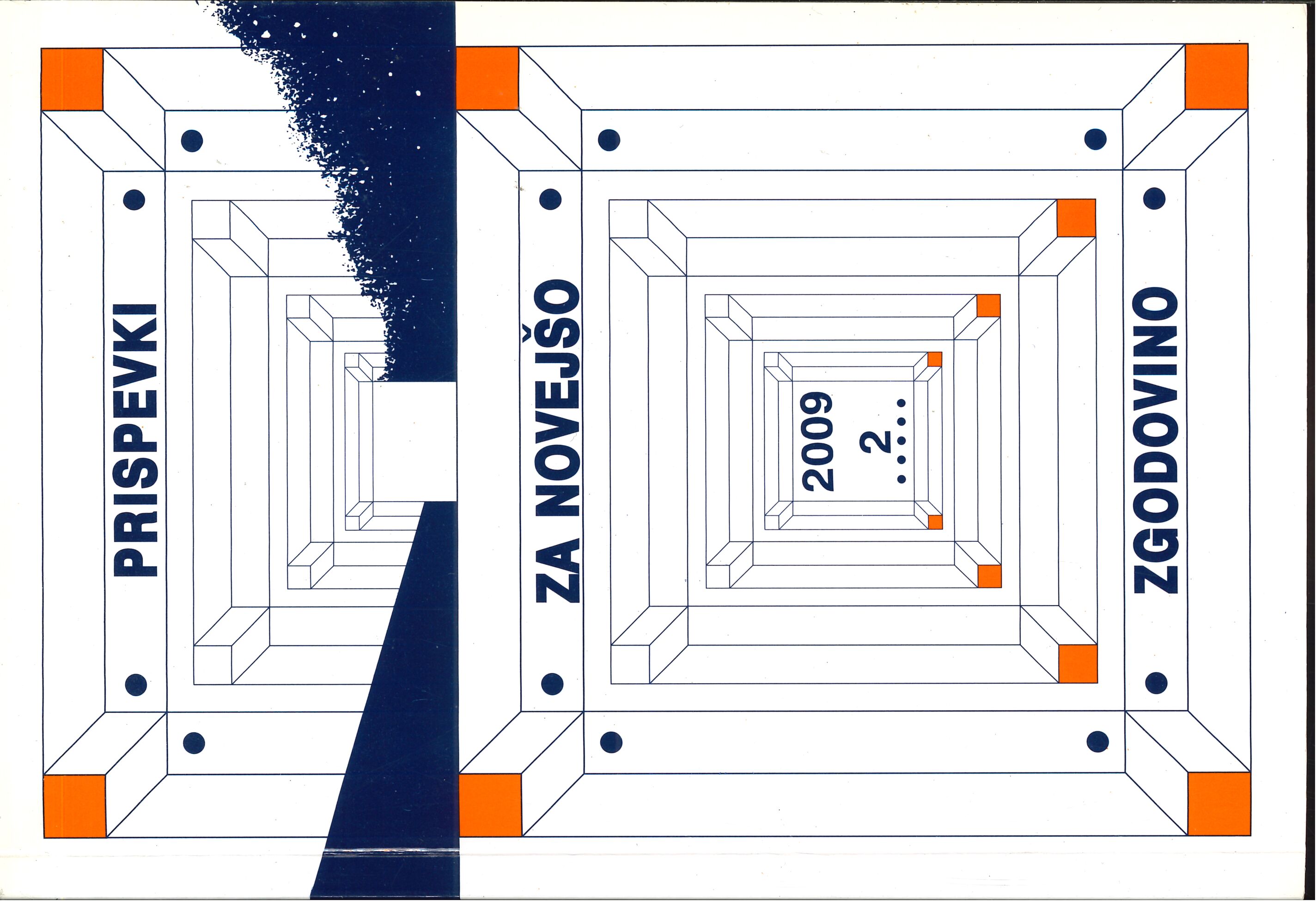Allied Officers on the Battle Readiness ofthe Partisan Army
Keywords:
World War II, Yugoslavia, Slovenia, Styria, partisan army, allied officers, organisation of the Slovenian partisan army, battle readiness of the Slovenian partisan army, guerrilla warfare, infantry weaponsAbstract
On the basis of literature and archive sources from the National Archives and Records Administration in Washington, Archives of the Republic of Slovenia and the Posavski muzej Brežice museum the author explores the battle readiness of the partisan army. The article includes abundant published recollections. The allied officers evaluated the partisan army as well-organised and extremely mobile. The partisans used perfected guerrilla warfare techniques. The allied officers correctly assessed the system of dual command and commended the qualifications of the command staff. The higher-ranking command staff was evaluated as quite better than the lower-ranking command staff. The sappers, who used selfmade explosives very efficiently, were especially approved of. In comparison with the allied units, the partisans had significantly inferior weapons and equipment. They acquired most of their weapons and equipment from the enemy in battle.
Downloads
Published
Issue
Section
License
Authors who publish with this journal agree to the following terms:
- Authors retain copyright and grant the journal right of first publication with the work simultaneously licensed under a Creative Commons Attribution License that allows others to share the work with an acknowledgement of the work's authorship and initial publication in this journal.
- Authors are able to enter into separate, additional contractual arrangements for the non-exclusive distribution of the journal's published version of the work (e.g., post it to an institutional repository or publish it in a book), with an acknowledgement of its initial publication in this journal.
- Authors are permitted and encouraged to post their work online (e.g., in institutional repositories or on their website) prior to and during the submission process, as it can lead to productive exchanges, as well as earlier and greater citation of published work (See The Effect of Open Access).


